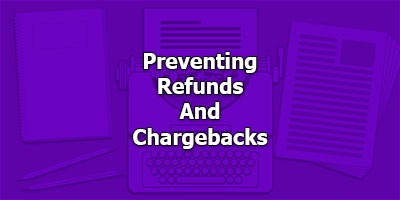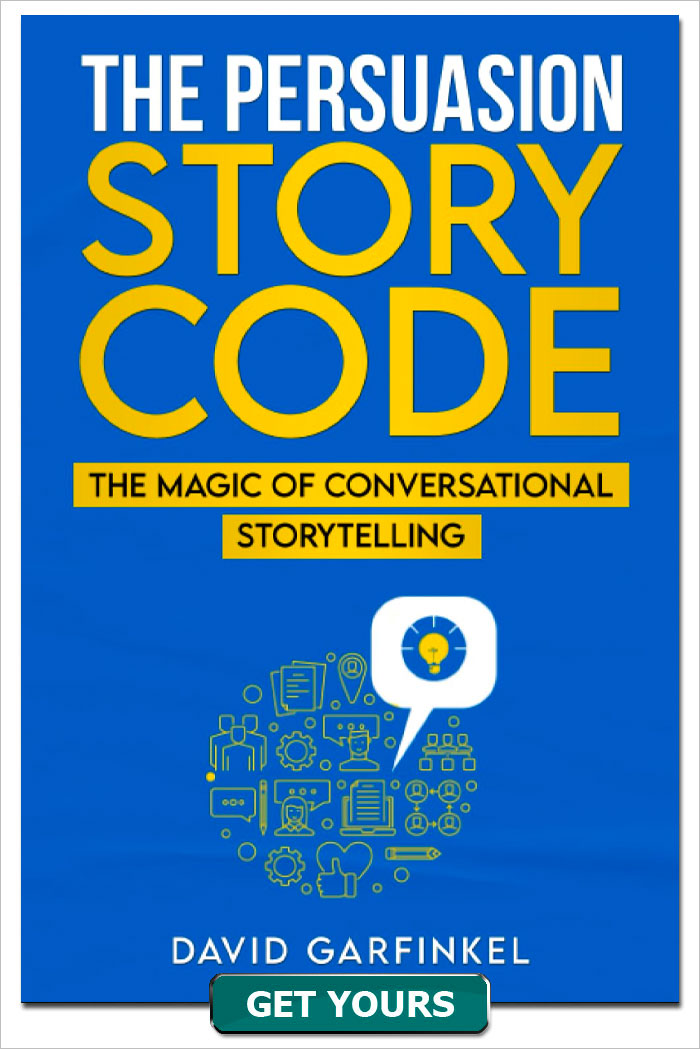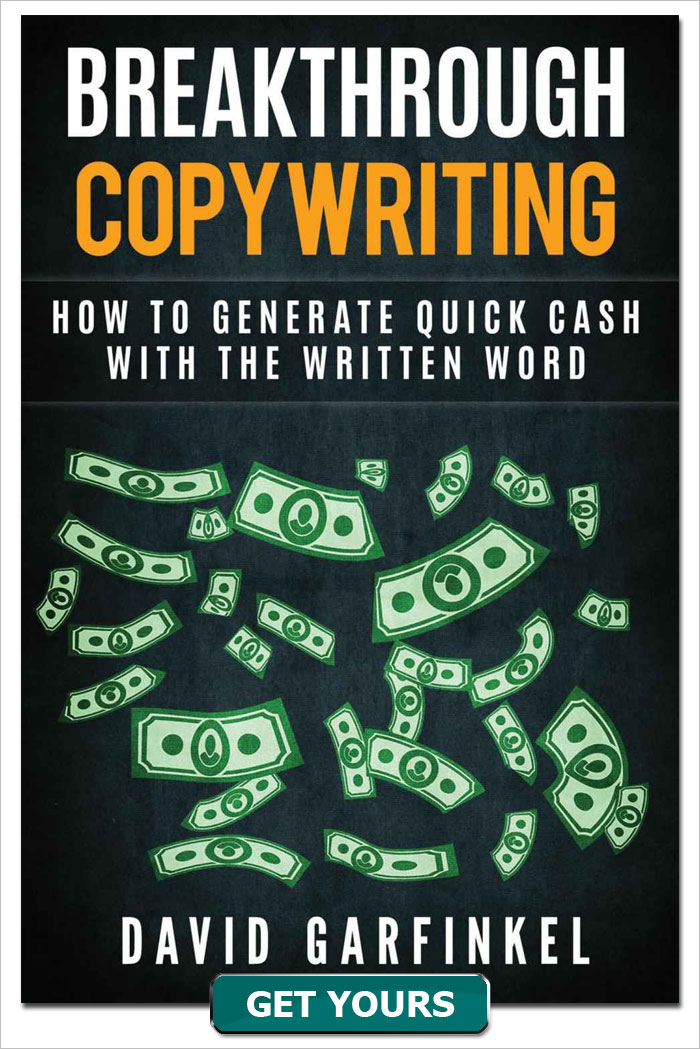Preventing Refunds And Chargebacks
Published by: David Garfinkel on 02-03-2025
Tweet
Today we look at an old and very true saying:
It’s not about the money you make, but about the money you KEEP.
There’s an old joke about a guy who loses money on every sale, but, he says, “I make it up in volume.”
We’re not talking about back ends or affiliate sales here.
Things can go sideways in your business if you’re not making enough sales, or your profit margins are too small.
Or upside down, like the guy in the joke.
But you’ve got an even a bigger problem even if you’re making enough sales and your margins are good—but the sales don’t stick.
When people decide they don’t want what they bought, you’ve got tons or refunds. Maybe even chargebacks.
So here’s the thing we’re going to focus on today:
You only keep the money you make when the customer decides to KEEP what they bought from you.
And we’ll really dig into how to keep more money by reducing or eliminating refunds and chargebacks.
Recap of what we talked about:
In Section 1, we talked about why buyer’s remorse happens.
We learned about the dopamine drop—a chemical crash that happens after the excitement of buying fades.
We also saw some surprising stats—42% of Americans regret their purchases, and 74% regret online buys.
We explored the reasons behind this regret, from impulse buying to fear of being scammed.
In Section 2, we looked at how to use emails to reduce buyer’s remorse.
We talked about the importance of timing, starting with the “ownership” email within two hours of purchase.
We discussed how to use small wins, social proof, and progress markers to keep customers engaged.
And we covered the importance of building community by day five.
In Section 3, we focused on the words you use after someone buys.
We learned how small language changes—like replacing “purchase” with “access”—can shift the focus to value instead of cost.
We talked about using implementation language to guide customers toward action.
And we explored how ownership language and progress messaging work together to build confidence and satisfaction.
When you put all of these strategies together, you create an experience that keeps customers happy and engaged.
And that’s how you can stop refunds and chargebacks before they even start.
Keywords: keep more money









